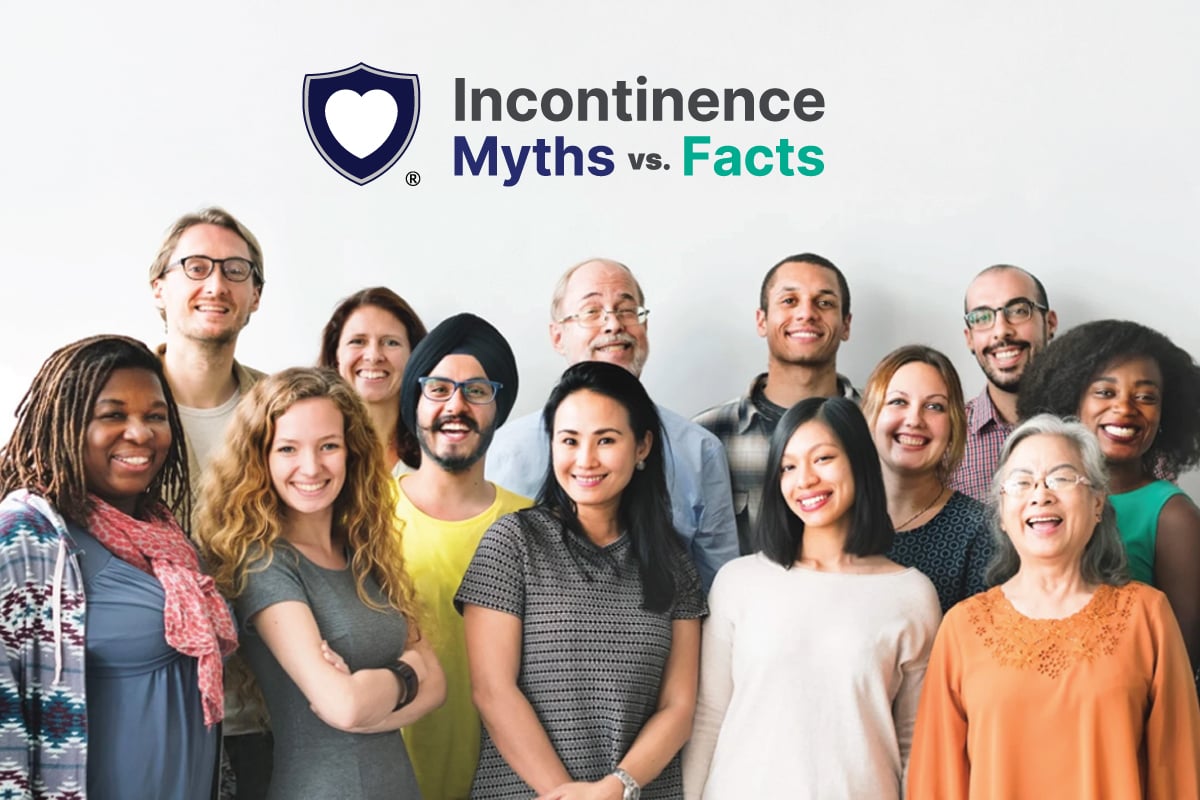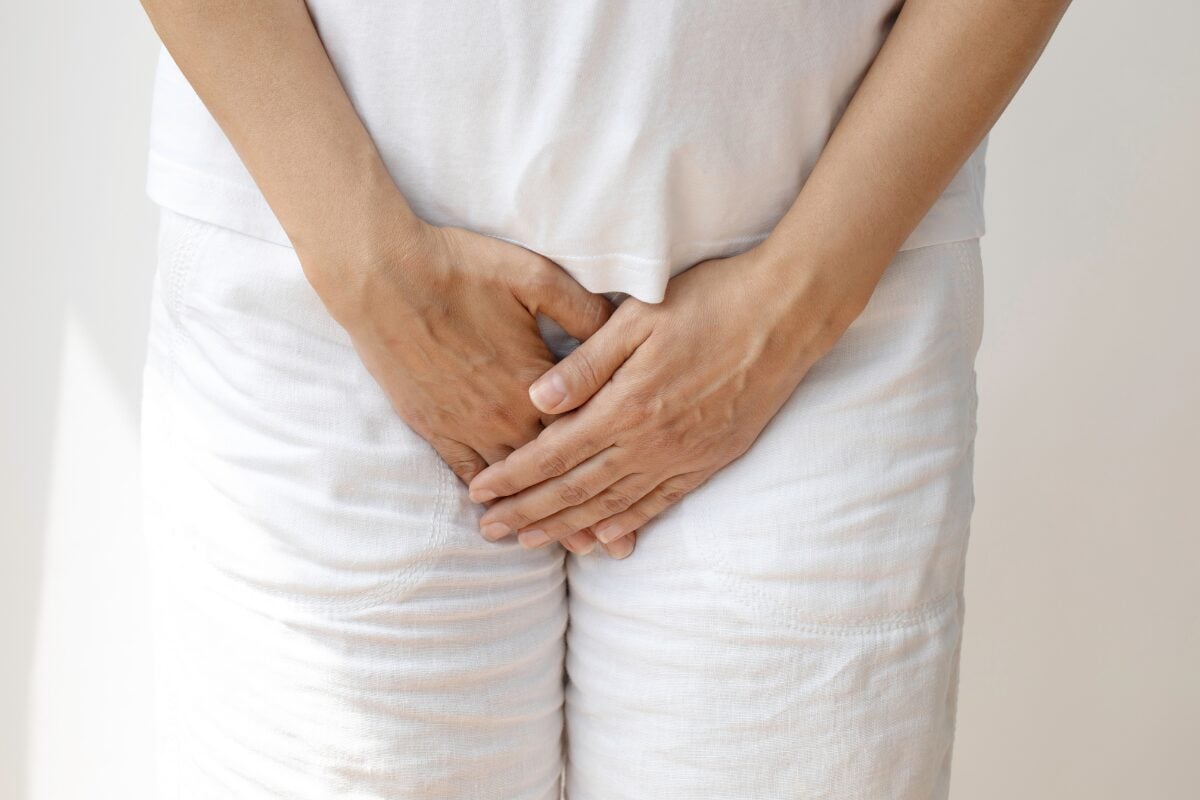
Learn About Black Friday Deals On Incontinence Products
We all know that absorbent products aren’t cheap. The average person with incontinence spends well over $100 per month on products to combat bladder leaks.

We all know that absorbent products aren’t cheap. The average person with incontinence spends well over $100 per month on products to combat bladder leaks.

If you experience moderate to severe incontinence and use disposable absorbent products, it’s likely that you place a high emphasis on being discreet about your condition, especially in public places. Visible bulk, rustling sounds and odors from your product can cause you great embarrassment and draw unwanted attention, making you feel self-conscious.
To help you maintain your dignity and self-confidence, we’ve gathered our top tips to help you to fully participate in your daily activities, work and social gatherings, without worrying about others noticing you’re wearing an absorbent product. Maintaining privacy around your incontinence helps preserve your sense of normalcy and prevents potential stigma or uncomfortable questions from others.

Living with incontinence means that emergencies can happen anywhere, anytime. Sometimes it’s at the airport right before takeoff, or even in the elevator while out shopping. When you have an emergency, you can feel helpless and stressed, especially when you weren’t ready for it. In moments like these, living with incontinence can feel overwhelming. It can make you feel like your body isn’t under your control. It’s natural to feel like this. To feel like your day is out of your hands. To wish that life were easier.
But there are ways to take back little pieces of your day. One strategy is to have a go-bag ready. A go-bag is a small kit with essentials like wipes, spare clothes, or emergency supplies. Having one will help you feel more prepared when leaks show up unexpectedly. You will face the day with a little more peace of mind, which really makes a difference.

When it comes to bladder leaks, most men are familiar with disposable pads or guards. They’re the go-to solution—widely available, easy to use, and instantly replaceable. But what if there were a better option?
What many don’t realize is that washable incontinence underwear has come a long way. Thanks to innovations in fabric technology and thoughtful design, today’s washable options offer dependable protection in a form that looks and feels like regular underwear—without the drawbacks of disposables.

Did you know that incontinence is more common than diabetes and heart disease combined? Yet, many who experience it feel isolated, embarrassed, or misunderstood due to persistent myths and stigmas. Regardless of age, gender identity, or background, learning the facts about incontinence can empower you to reclaim your confidence and live with dignity.

When it comes to managing incontinence, many people are introduced to disposable products first. But what if there were a better, more sustainable, and more comfortable option? Reusable incontinence supplies—especially underpads—are gaining momentum among patients, caregivers, and healthcare providers for good reason. They offer a smarter long-term solution that balances performance, comfort, and environmental impact.

Urinary incontinence is a common and often challenging condition, particularly for aging adults and individuals with certain chronic illnesses or disabilities. As a caregiver, managing urinary incontinence at home can be emotionally and physically demanding, but with the right strategies and products, you can help your loved one maintain their dignity, comfort, and quality of life.
This blog provides practical tips for caregivers who support individuals experiencing urinary incontinence. Whether you’re new to caregiving or looking to improve your current routines, these guidelines can help you approach this sensitive issue with compassion and effectiveness.

Urinary incontinence is a major symptom of overactive bladder (OAB), a clinical syndrome characterized by urinary urgency (and sometimes frequent urination and nocturia.) According to the American Urological Association, up to 5% of men and 30% of women experience urinary incontinence in the U.S.

Q: What can happen if my incontinence care product does not adequately protect my skin? What can I do to prevent this from happening? Answer

Leva explains how to get insurance coverage for pelvic floor strengtheners

My Care Supplies My Care Supplies is backed by more than 65 years of experience in the disposable medical supplies industry. This means you can expect

Medicaid is the nation’s public health insurance program designed for individuals and families who may be low-income, elderly, or disabled. The Medicaid program covers more than 1 in 5 Americans, including many with complex and costly needs for care. With over 74 million Americans relying on Medicaid, it is the largest single source of health coverage in the U.S. The program ensures that qualifying individuals can access medically necessary products, including incontinence supplies, urological supplies, and other medical necessities, as well as healthcare and long-term care services.